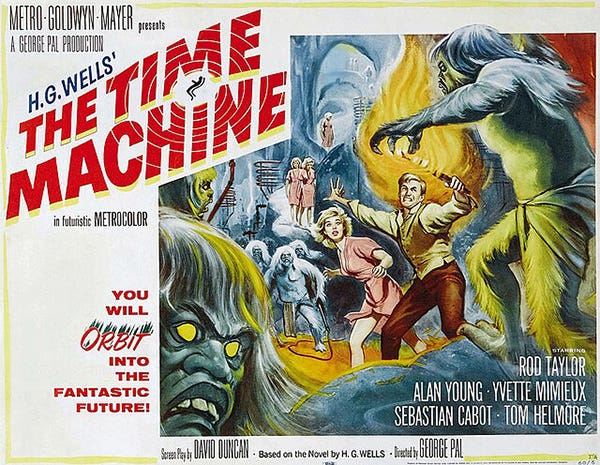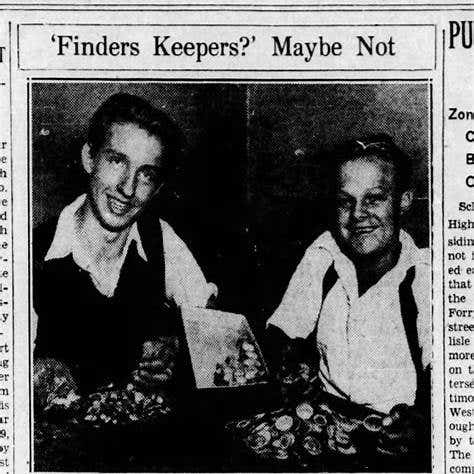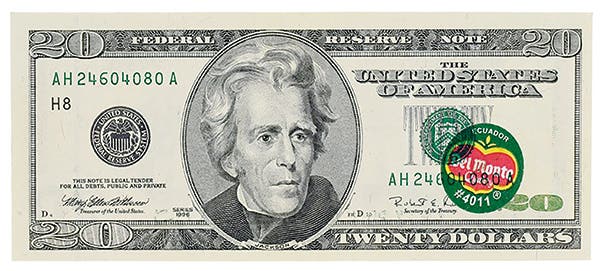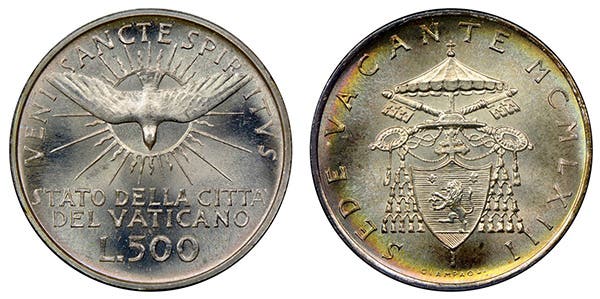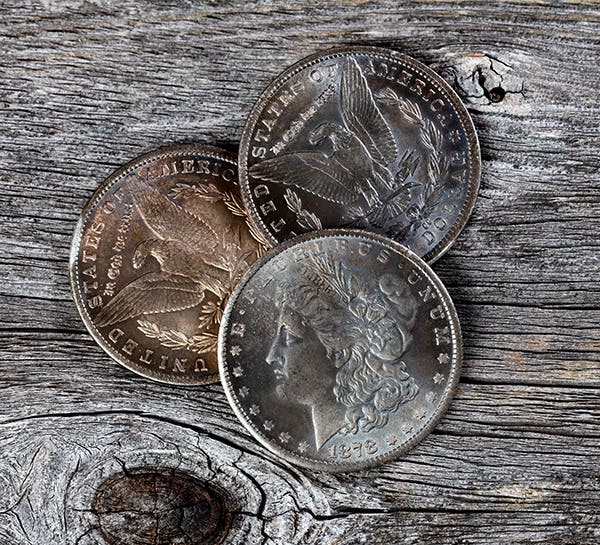Gold standard imprint still in minds
Whatever views you might have on the gold standard as it was practiced in the United States from the time of its adoption in 1900, or on its end in 1933, I do get emails indicating that it still heavily influences opinions and thinking by readers.
Whatever views you might have on the gold standard as it was practiced in the United States from the time of its adoption in 1900, or on its end in 1933, I do get emails indicating that it still heavily influences opinions and thinking by readers.
But not the way you might think.
When we asked in last week’s poll question whether readers were using more $100 bills, one anonymous reader wrote in part: “From what I understand that’s been the Obama campaign’s objective to print more money than we have bullion to back it up.”
While everyone might zero in on the name of the President, my eye went immediately to what seems to be the implicit assumption contained in the statement that the amount of bullion possessed by the federal government somehow has some impact on the printing of paper money.
It does not.
The last limiting tie American paper money had to the quantity of gold was severed in 1968 when Congress approved at President Johnson’s request the repeal of what was called the 25 percent gold cover, meaning there had to be 25 cents in gold in reserve for every $1 printed.
The last shoe to drop was when President Nixon stopped redeeming U.S. paper money in gold for foreign central banks in 1971.
Removal of the constraints imposed by gold was a bipartisan undertaking.
Another reader wrote not long ago that if the United States would somehow lose the bullion reserve at Fort Knox, it would cease to be a great power.
The paradox there is that for any future gold standard to work, losing the reserve is precisely what would happen. To make paper money redeemable on demand as formally was the case at the beginning of the 20th century and informally since the Resumption Act of 1879, the gold must be dispersed. It would be located at all the banks around the country in coin form. It would be in the hands of the public. It would go abroad to pay bills for imports. In other words, it would be everywhere rather than at the storage site opened in 1937.
This gold supply dispersal caused financial crisis for the United States in the past. During the Panic of 1893, J.P. Morgan put together a large gold loan so the country would have enough gold.
What got us into trouble? Well, even though we weren’t on the gold standard at the time, the United States attempted to back silver-backed notes with gold, too. With the government maintaining that there was no difference between the two, the public game was to take Treasury Notes and trade them for gold. Since the government was reissuing the notes for silver, you can see how this could run down the gold reserve and be disruptive.
The loan helped. The crisis passed. The gold standard was adopted in 1900, firmly and officially subordinating silver to gold.
Few people remember how the gold standard worked, but its legacy is that it continues to affect all our numismatic thoughts one way or another.
More Coin Collecting Resources:
• Subscribe to our Coin Price Guide, buy Coin Books & Coin Folders and join the NumisMaster VIP Program



